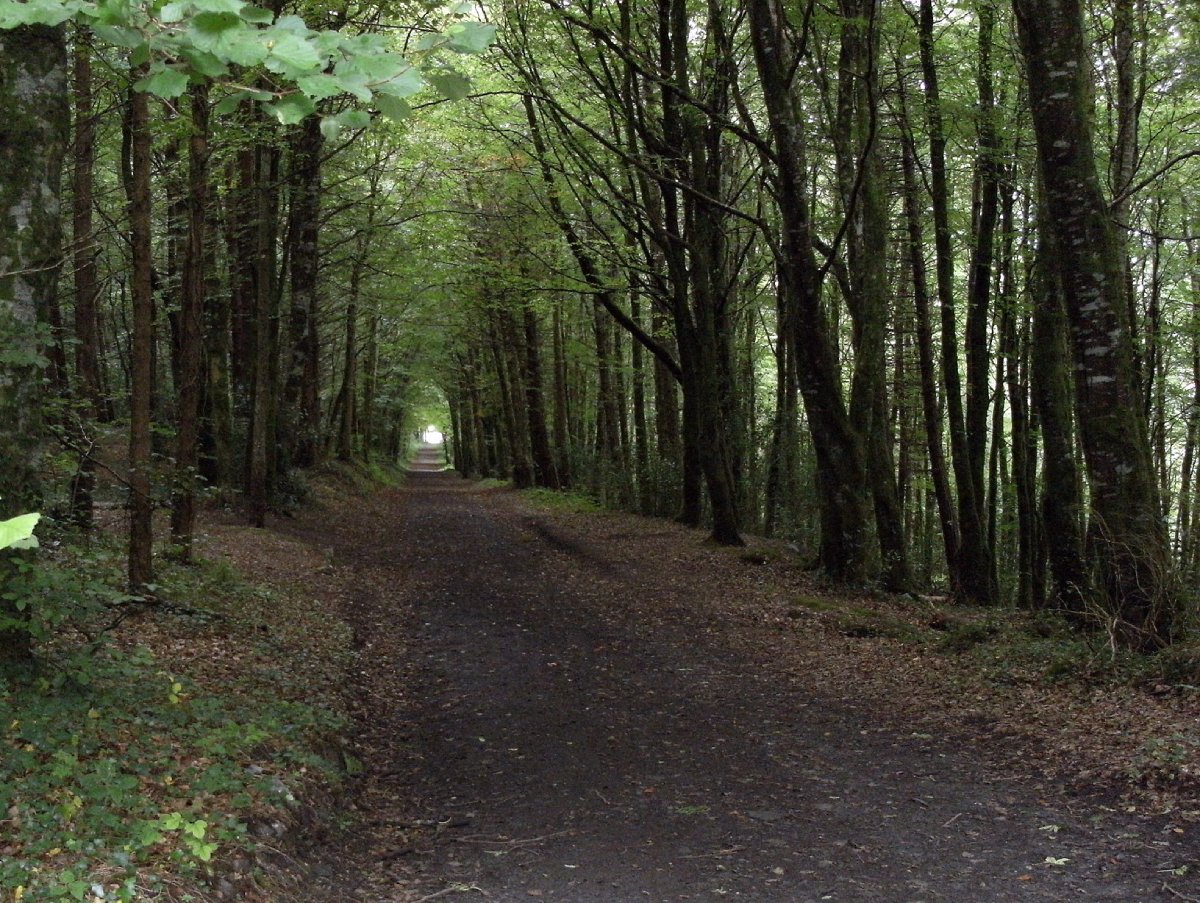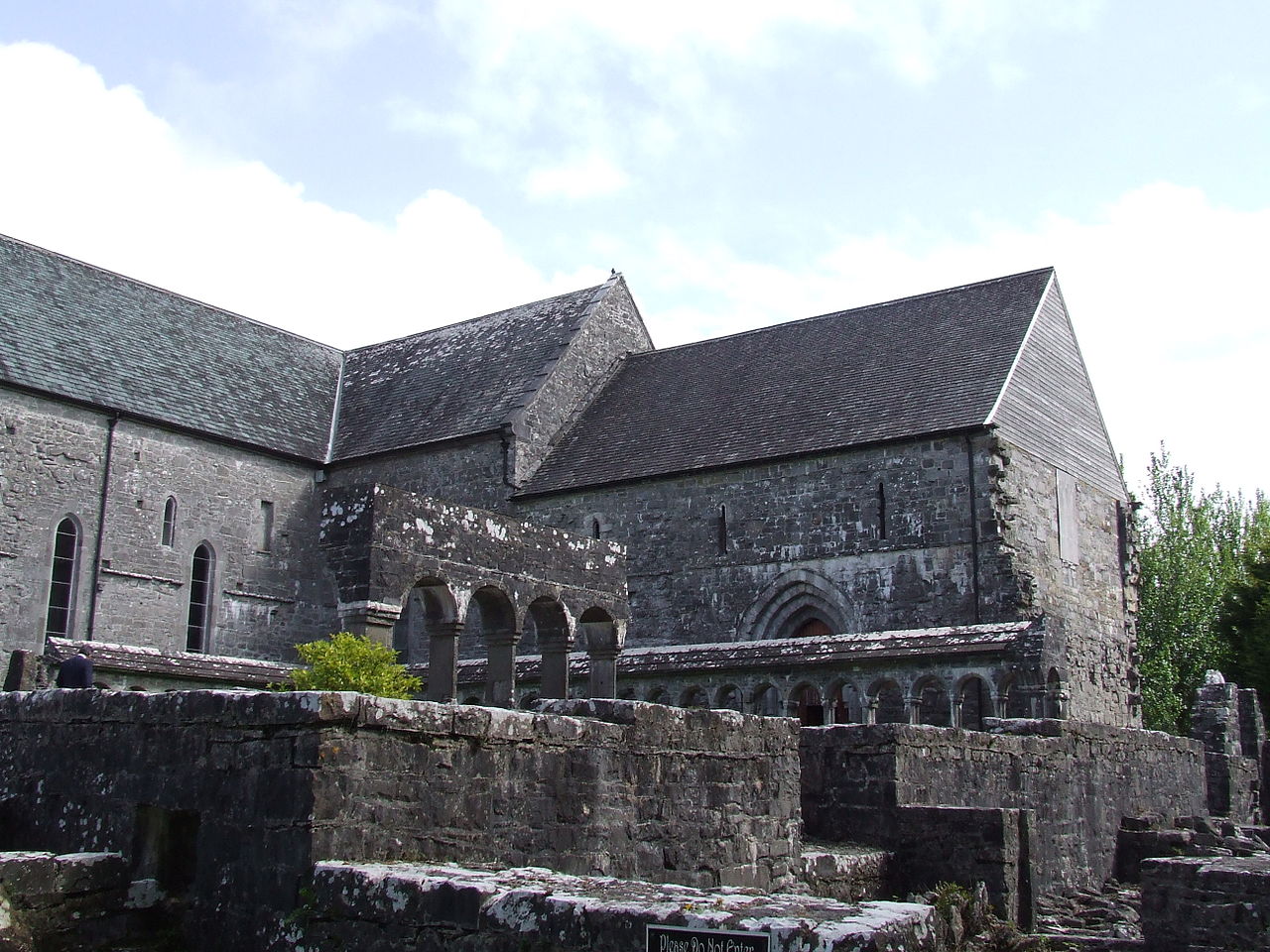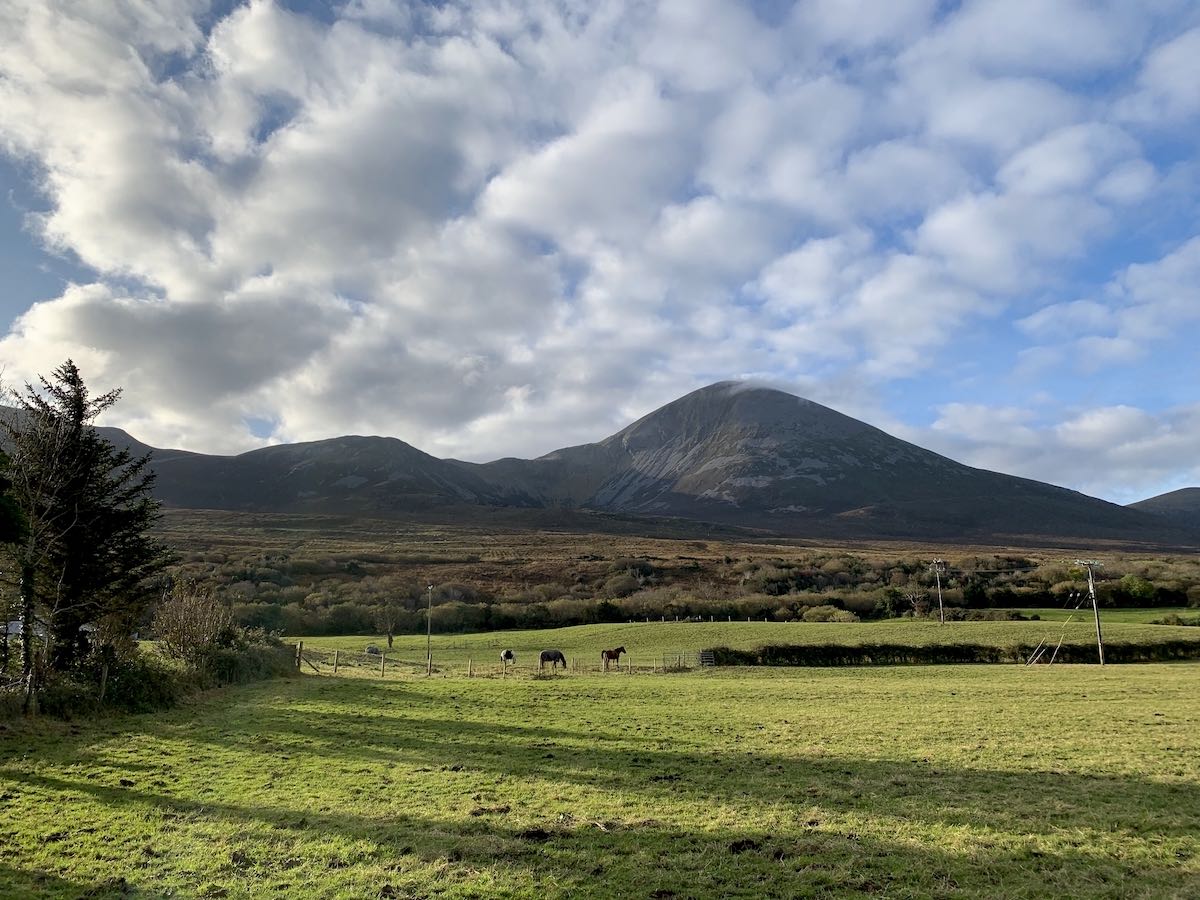Frequently Asked Questions
Do I have to be Catholic to do the Tóchar Phádraig pilgrimage?
No, there are no faith-based restrictions placed on those who want to experience Ireland’s camino-style pilgrimages. In fact, non-Catholics tend to be deeply moved by their pilgrimage journeys. That said, you should be respectful of the route’s rich heritage and traditions, both Catholic and Celtic. You should also travel with an open heart and mind.
In the words of a 10th Middle Irish poem, which is sometimes printed upon pilgrim certifications in Ireland: “The gift of piety, the gift of pilgrimage, the gift of repentance for my soul, O Christ without reproach, grant them all to me.”
How much does the Tóchar Phádraig cost?
The St. Patrick’s Causeway pilgrimage is a 1-2 day journey; for many, the biggest expense is the cost of transportation to Ballintubber Abbey. Otherwise, one should plan to bring enough funds to cover one night of accommodation (€50 - €100), the fee paid to the Ballintubber Abbey Trust (€15), food and water for a day (€40), cash for your pilgrim passport and souvenirs (€30), and suitable emergency funds.
Is there a Tóchar Phádraig pilgrim passport?
Yes! Pilgrim Paths Ireland administers both a Pilgrim Passport and the Teastas Oilithreachta (Pilgrim Certificate of Completion). The passport can be purchased for (€5). You can collect stamps proving your Tóchar Phádraig pilgrimage at Ballintubber Abbey (start) and at Campbells at the Reek in Murrisk village (completion).



